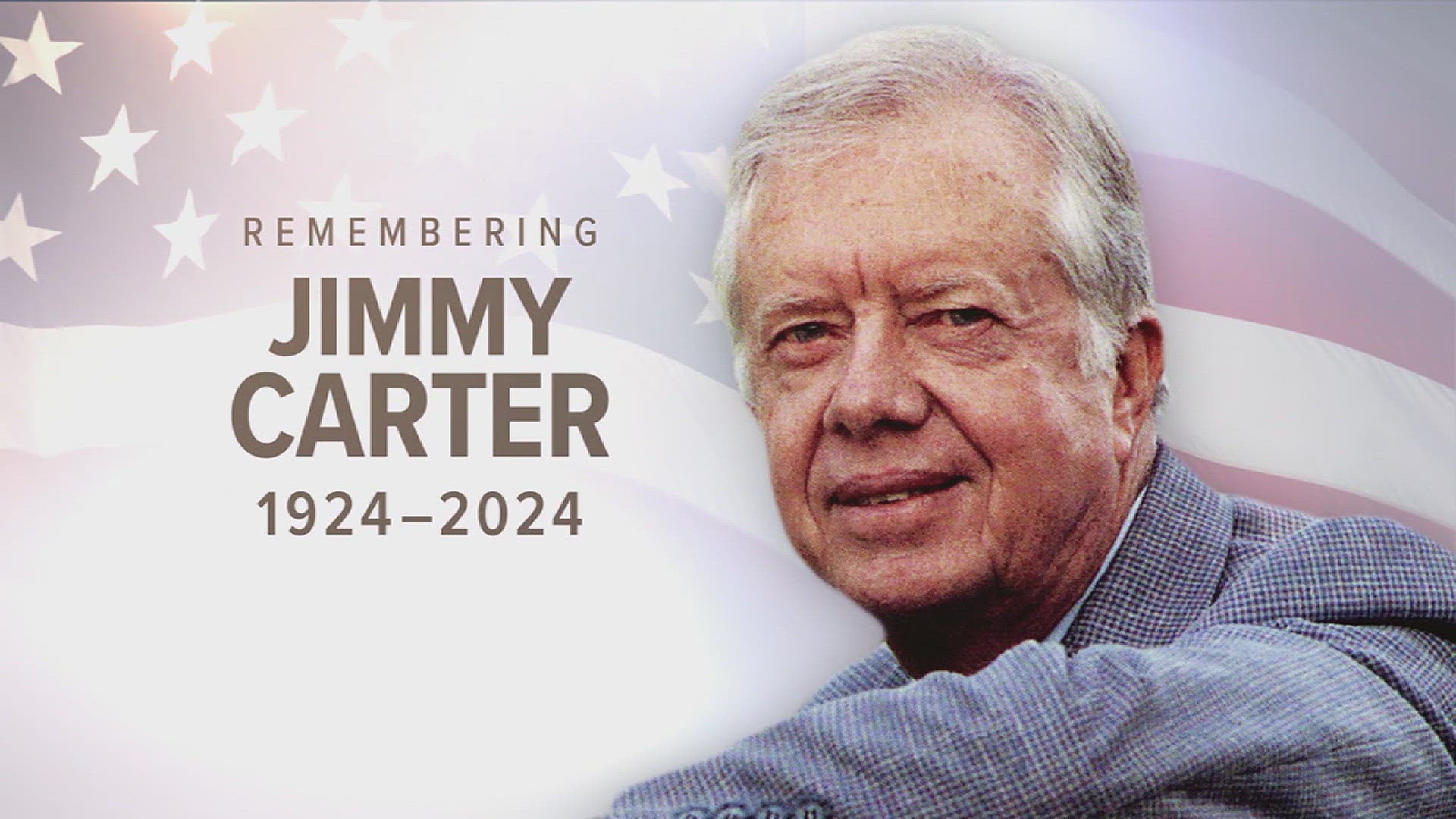(Akiit.com) President Obama has said it every way it can be humanly said and as often as it can be said, “We are committed to recovering every red cent from BP” for the oil spill. Obama means every word of that. Congress, the public, and much of the media screams at BP to pay through the nose for the deaths, injuries, business and environmental damage its spill has caused.
A high end estimate puts the cost at $25 to $30 billion for the damage. But estimates, public rage, and an enraged president, have meant little to BP. Its tin ear is due not only to the absurdly low $75 million liability cap on oil company damages, or the more than two dozen lobbyists and $20 million it’s spent since January 2009 to arm twist Congress on energy legislation, energy jobs bills and derivatives legislation. Or, because it knows that the Justice Department and state prosecutors will have to scale a nearly insurmountable high legal wall to prove willful negligence and criminal culpability. And that its top gun legal brain trust can duck, dodge, stall, and water down lawsuits, judgments, and settlements for years.
BP’s corporate arrogance is made out of cash. It can and has bought its way out of trouble repeatedly and when need be even bought governments. BP accounts for a staggering six percent of all equity funds in defined pension plans in Britain, and a hefty 7 percent of the FTSE (the British stock market indices) stock index. This is a multi-national company that has millions who are directly or indirectly on its payroll, pension plan, or dependant on its subsidiaries.
At the end of the first quarter, it had nearly $7 billion in cash on its balance account; that’s liquid cash which the company could use to effortlessly pay the upfront costs of containment, relief-well drilling, and spill cleanup. Even if in the unlikely event it agreed to shell out every cent of the damage costs, and they run much higher than the estimates, BP is still a plum prospect in the credit and borrowing markets.
In comparison to many of the other oil colossuses, BP carries a relatively light debt load. Despite the double digit drop in its stock prices, Moody’s still gives the company an A range credit rating. This almost certainly will drop. But the company’s low debt load will still keep its debt servicing costs at the low end scale.
This means two things. In a worst case scenario and the company finds itself legally on the hook for the high end figure of $25 to 30 billion in overall spill costs, it can pay the sum, and still continue to rake in tidy profits. The other thing is even more worrisome. The string of bumbling, infuriating, and arrogant let them eat cake pronouncements by BP CEO Tony Heyward points to it. That’s BP imperial corporate culture. It can say and do what it wants because it has carefully and skillfully intertwined its finances, business operations and policies with sparse government regulations and the enforcement of those regulations on the oil industry.
The pittance $75 million liability shield is a textbook example of the giant oil-government nexus. Congress did not agree to it solely as a giveaway to the oil giants, or to limit their liability in Gulf spill type catastrophes. It was put there ostensibly to make it easier to recover economic losses from oil spill damage. Prior to the placement of the liability cap, it was a long, tedious, and ultimately uphill fight for businesses to collect damages. The Oil Pollution Act was designed to expand liability, and to make it easier to sue for more categories of damages. It was actually intended as a consumer friendly measure. Given the prodigious potential costs, damages, and liability from oil spills or related accidents, this was an easy concession the oil giants made.
The Obama administration belatedly realizes that and has called for the cap to be substantially hiked into the billions. That’s not likely. An increase will not do much to cover the full cost of damages in the Gulf spill, and will not be retroactive.
Even the moratorium on drilling, if it sticks, would potentially cut BP’s production to a paltry 50,000 barrels a day in 2011, and if the moratorium were extended through 2015, BP’s production would still only be cut to 75,000 barrels per day. That’s a drop in the bucket of BP’s astronomical minimum of 4 million barrels a day it currently pumps, and that total is projected through 2020 with no new discoveries or new partnerships.
In its 2008 company report, there was a telling irony. Heyward assured that BP expected to do even better than the 4 million barrels of oil it pumps daily with its “fresh acreages” of oil. The acreage he cited was the Gulf deepwater drill site. The spill won’t change BP’s rosy expectation. It will continue to try to stonewall Obama to make sure of that.
Written By Earl Ofari Hutchinson









Leave a Reply